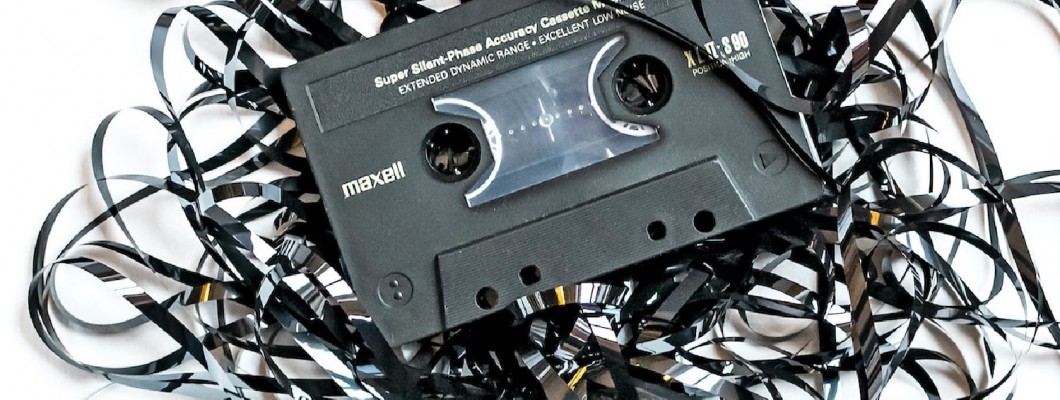
In the realm of contemporary music production, chopping is a technique that has become increasingly popular. It involves slicing and re-arranging audio samples or loops to create unique patterns and textures. In this blog post, we'll dive deeper into this concept, offering a critical perspective and exploring some innovative methods for employing this technique in your own music.
Understanding Chopping in Music Production
Chopping refers to the process of dividing an audio sample or loop into smaller segments and then reassembling these segments in a new, often random, order. This technique is commonly used to create complex and dynamic rhythms or textures that wouldn't be possible with a single, unaltered sample. By manipulating the audio in this way, producers can add a fresh, creative edge to their tracks.
Creative Methods for Chopping Audio Samples
While traditional chopping methods involve straightforward slicing and rearranging, there are more creative approaches you can explore. For instance, using advanced modulation tools within your digital audio workstation (DAW) can open up new possibilities for manipulating your samples. One effective method is to use modulation parameters to introduce randomness into your chopped samples. For example, adjusting the offset parameter can make each playback of the sample start at a different point, creating a dynamic and unpredictable effect. This technique can be particularly useful when you want your track to have a more organic and evolving feel.
Utilizing Modulation Tools for Enhanced Chopping
Most modern DAWs come equipped with modulation tools that can add significant versatility to your chopping techniques. For instance, many plugins offer options to automate the start point of a sample or apply randomization to its playback. By experimenting with these tools, you can achieve a variety of effects, from subtle variations to dramatic changes in your audio samples. A common approach is to use a modulation envelope to control the offset of your sample. This can make the starting point of your sample shift with each trigger, creating a constantly evolving texture. By adjusting the envelope's parameters, you can control the degree of randomness and the speed at which it changes.
Practical Application of Chopping Techniques
To illustrate the practical application of these techniques, let's consider a simple example. Imagine you have a vocal sample that you want to chop and rearrange. By using a modulation tool to randomize the sample's offset, you can ensure that each playback is unique. This can add a layer of complexity and interest to your track, making it stand out from more straightforward arrangements. Additionally, you can use these techniques to create transitions or build tension in your music. For instance, gradually introducing more randomized elements over time can create a sense of progression and excitement. Similarly, sudden changes in the sample's playback can serve as impactful moments in your track.
Advanced Chopping Techniques and Tools
For those looking to delve even deeper, there are various advanced tools and techniques available. For instance, you can use granular synthesis to chop your samples into even smaller pieces and then manipulate these pieces in real-time. This can result in highly unique textures and effects that are difficult to achieve with traditional chopping methods.
Furthermore, exploring the use of third-party plugins designed specifically for sample manipulation can offer additional creative options. Many of these plugins provide specialized features for slicing, rearranging, and modulating audio samples, allowing you to push the boundaries of what you can achieve with chopping.
Conclusion
Chopping is a powerful technique in music production that allows for endless creativity and innovation. By exploring different methods and tools, you can enhance your ability to craft unique and engaging tracks. Whether you're using basic modulation techniques or diving into more advanced tools, the key is to experiment and find what works best for your music. So go ahead, get creative, and see where chopping can take your music! Feel free to download the project files for the methods discussed here from the links provided in the description. Happy chopping!
For more insights, check out the full video on the Beatcord YouTube channel, linked below.

Leave a Comment